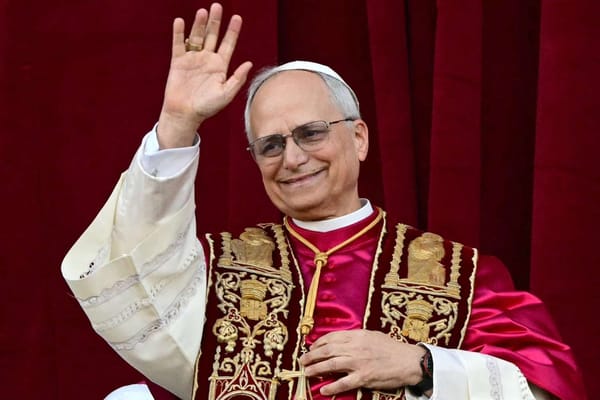Gospel Reflection: Jesus’ triumphant entry into Jerusalem (Palm Sunday)


Most Christians are familiar with Jesus’ triumphant entry into Jerusalem, which is commemorated during Palm Sunday. Jesus entered Jerusalem only days before the last supper and the start of his passion; his suffering, death, and resurrection. This was such a significant event, that all Gospel writers chose to include it in their Gospels (Matthew 21:1–11, Mark 11:1–11, Luke 19:28–44, and John 12:12–19).
While small details differ across the Gospel stories, the essence is the same. After years of Jesus telling people who benefitted from his miracles to not say anything, he is ready to make his ministry public, to be seen as the Messiah, and he does it in Jerusalem during Passover, with the city full of thousands of pilgrims. Jesus, his disciples, and a large crowd travel from Jericho, through Bethpage and Bethany on the Eastern slope of the Mount of Olives, and over the top, descending to Jerusalem after passing the Kidron valley. Jesus comes riding on a donkey’s colt, as people lay down their cloaks and palm tree branches on the road ahead of him. His disciples and followers wave palm branches and exclaim “Hosanna to the Son of David! Blessed is he who comes in the name of the Lord! Hosanna in the highest heaven! Blessed is the coming kingdom of our father David!” It is not surprising that people in Jerusalem and his followers were so excited that he was coming, as his raising of Lazarus in nearby Bethany was witnessed by many and the news spread like wildfire. More and more people now see him as the promised Messiah, sent by Yahweh, who will lead them in a revolution against the Romans and restore the Davidic kingdom of Israel. Yahweh himself was to rule the people of Israel through this Davidic king.
Jesus’ entry into Jerusalem is packed with important significance. It recalls the entry of Solomon during his coronation as king of Israel, both of them descendants of King David. Solomon came riding on David’s mule to a cheering crowd. It also fulfills Zechariah’s prophesy about salvation through the coming of a new ruler,
“Rejoice greatly, O daughter Zion! Shout aloud, O daughter Jerusalem! Lo, your king comes to you;triumphant and victorious is he, humble and riding on a donkey, on a colt, the foal of a donkey.” (Zech 9:9)
Instead of coming on a horse, like a waring rival would, Jesus comes on a peaceful donkey, highlighting this king’s humility. As seen in 2 Kings 9:13, clothing is laid on the ground to honor a newly crowned king. People in the crowd shout “Hosanna!”, which means Save us! In Hebrew. They also exclaimed “Blessed is he who comes in the name of the Lord!”, which comes from Psalm 118, a Psalm frequently sung by pilgrims traveling to Jerusalem for Passover.
To understand the most important message from Jesus’ entry into Jerusalem, we need to go back to a prophesy from Ezekiel 10, in which the prophet saw the glory of God, His divine presence, (Shekhinah) leave the Temple because of the level of corruption, stop by the entrance of the east gate, and leave Jerusalem towards the east over the Mt of Olives. In Ezekiel 44, he sees a vision of a future time when the glory of God will once again return through the east gate when the Messiah will come. And here we have the presence of God in the person of Jesus, coming from the east and entering Jerusalem through the east gate. Soon after, he will cleanse the temple by turning the tables of vendors and money exchangers that were corrupting the house of his Father. The Shekinah is coming back to reclaim the Temple. Soon this new king will conquer the powers of sin and death and become the new king of all nations, a king of peace. He will rebuild the temple in 3 days.
Thanks for reading my blog, may God bless you and your family.




